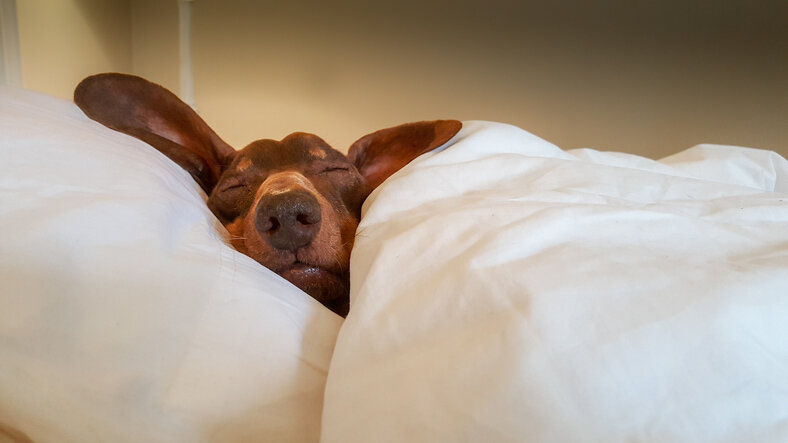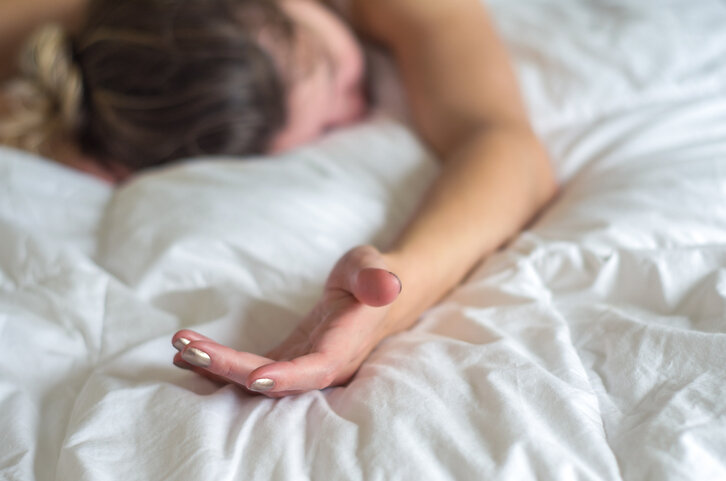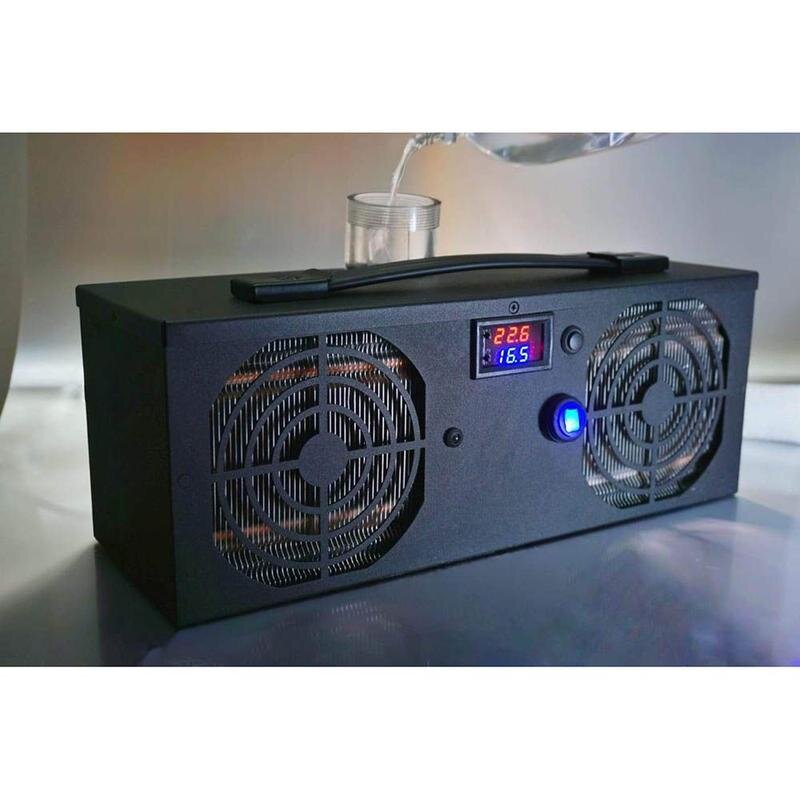Sleep And Body Temperature
Sleep is a significant component of health. Sleep disruption in adults leads to increased anxiety, pain, reduced quality of life, mood disorders, disturbances in thought processes, memory, and physical performance. Inadequate sleep negatively impacts children and adolescents' psychosocial health, grades, sports performance, and risk-taking behaviors. In otherwise healthy individuals, long-term consequences of poor sleep include high blood pressure, cholesterol problems, heart disease, weight gain, metabolic syndrome, type 2 diabetes, and cancer. All-cause mortality (early death) is also increased in men with sleep disturbances. For those with underlying medical conditions, sleep disruption slows healing and increases the chances of complications. 1
Sleep Hygiene
Cleaning up your sleep habits is known as sleep hygiene and it is a critical element for optimal health. I want to focus on sleep temperature today, but this post covers the basics of sleep hygiene. Here are the essential elements of good sleep hygiene:
Minimizing blue light exposure, especially after the sun has set.
Sleeping in a cool room.
Going to bed at the same time every night.
Minimize evening activities.
Avoiding caffeine.
Using a natural alarm like a dawn simulator or unique apps that help you arise more appropriately.
Temperature Regulation
Many of us have experienced the difficulties overheating causes on good sleep. The mere discomfort of being too hot, or too cold for that matter, is enough to disrupt sleep. Among the many changes that happen in the body near bedtime, lowering our core body temperature is one of the most important. For the temperature to drop inside our body, we must radiate heat to our environment. This is done through particular areas of the body that bring warmer blood to the surface of our skin and release it away. The sites include the fingertips and toes, earlobes, eyelids, and lips. They contain capillaries and unique veins called arteriovenous anastomoses that specialize in temperature regulation. They allow blood to be rapidly transported from the core to the skin. In contrast, the thorax and abdomen contain capillaries exclusively that only supply oxygen and nutrients. 2 Researchers have determined that minute changes in our peripheral body temperatures can cause significant changes in our sleep. 3
Room Temperature
Many studies manipulate room temperatures to examine the effects on sleep. For example, sleep improves in cooler rooms, but not hot and cold rooms. One study found that approximately 61 degrees Fahrenheit resulted in better sleep than 75 degrees. Most of the studies have the subjects lie in bed without covers, so the information obtained does not mimic real-world sleep, where most of us have bedsheets and blankets. 4
Hot Beds
Researchers have determined that the effects on sleep stages also differ depending on bedding and/or clothing. For example, in semi-nude subjects, sleep stages are more affected by cold exposure than heat exposure because it is easier to radiate more heat. Conversely, sleep is disturbed in humid situations or with more covers and clothing, where heat will not radiate away from the body and sleep will be disturbed. So researchers have shown that heat loss from the hands and feet is necessary and promotes the rapid onset of sleep. In other words, typical sleep onset is accomplished by increased peripheral heat loss that allows our core body temperature to fall. Furthermore, scientists have found that the lowering of core temperature is coupled with a slowing heart rate, further helping to lower our temperature. Bed temperatures between almost 90 degrees and 93 degrees Fahrenheit seem optimal, and relative humidity between 40 and 60 percent. 5
Behavioral Temperature Mechanisms
The mechanisms I have been talking about are the physiologic mechanisms of temperature regulation. Another familiar way we fine-tune our body temperature is behavioral. For example, when we get a bit too hot, we may roll over and cast off some covers or stick a hand or foot out from under them. This facilitates rapid heat loss, provided the room is cool. If we can't cool off because of high ambient temperature or humidity, our heart rate increases, and sleep is disturbed.
Mattresses, Bedding, and Pajamas
Many of us have found our ideal room temperature, covers and sheets, and bed clothing to ensure sound sleep. The problem is that many factors can get in the way: partners sharing the bed can have very different optimal conditions. For example, they may prefer less covering, higher room temperature, etc. Sometimes their body temperature overheats the mattress near you, causing problems. Experimentation with different arrangements can be of enormous help. Solutions can range from cooling mattresses, mattress pads, and toppers, cooling covers, pajamas, and air conditioners.
Mattress Coolers
Many of us have no trouble falling asleep but then are awakened by overheating. I have this trouble, especially in the warmer months. I have dealt with all other aspects of sleep hygiene, including light, bedtime, activity, mild apnea, etc. The last piece is temperature. As much as I use an air conditioner, I still wake up overheated in the middle of the night. There is a relatively new solution. You may not have heard of them yet, but a few companies make mattresses and pads that actively control the bed's temperature. They range in price and design, but the idea is that they actively cool the mattress so that heat does not build up as the night progresses. I use one and find it makes a big difference. Setting mine on 97 degrees Fahrenheit works perfectly. If you are interested, please follow the link above to get more information. Remember, you are much better off sleeping in a cool room, getting comfortable with proper sheets, covers, and pajamas, and cooling off by exposing a leg or arm than sleeping in a hot room and overheating.







